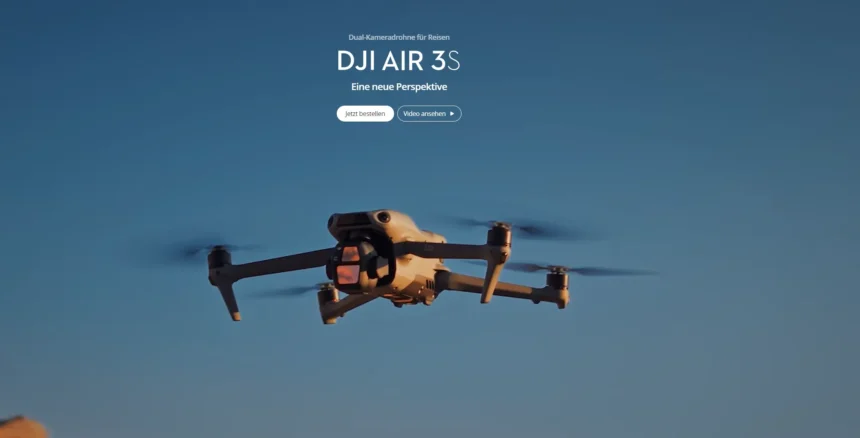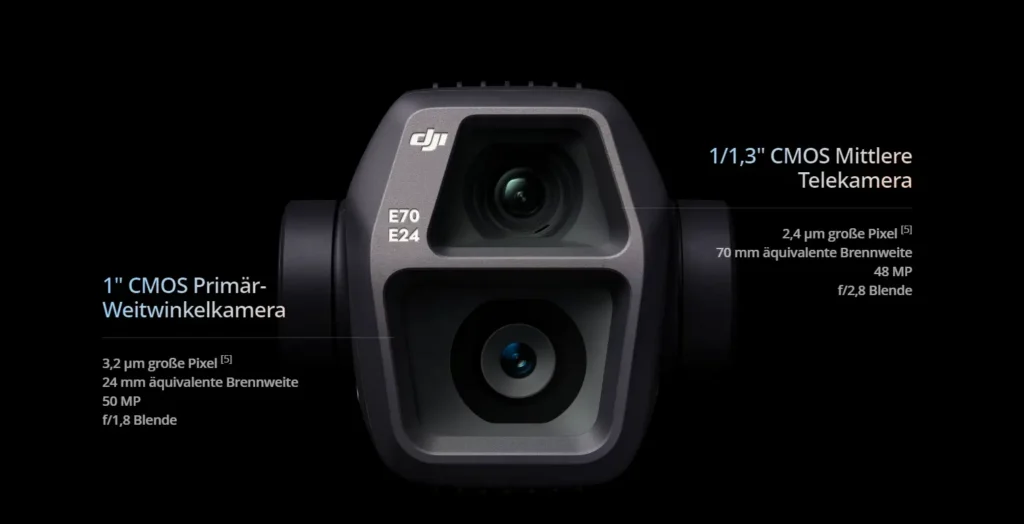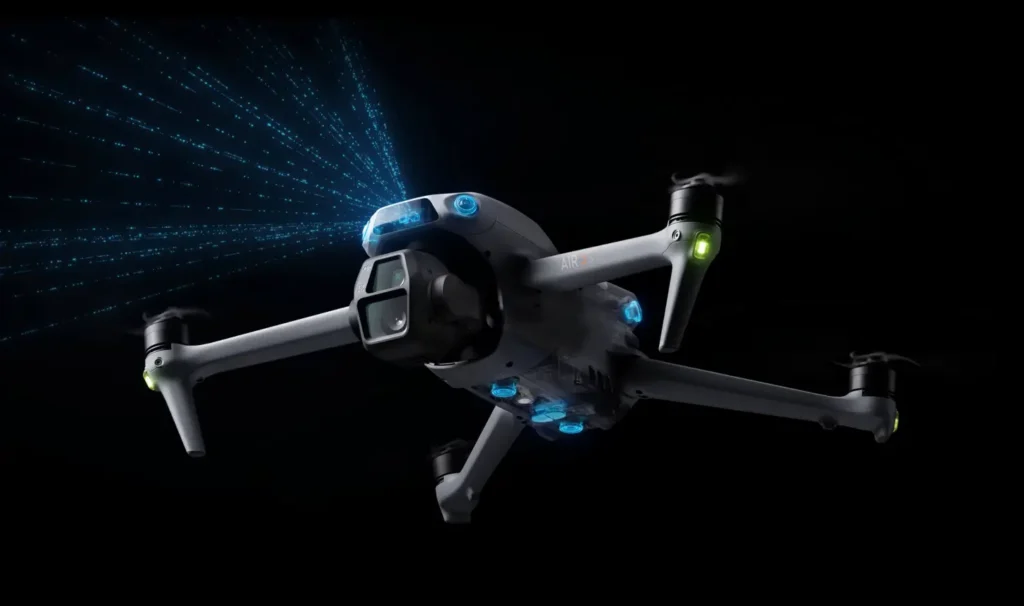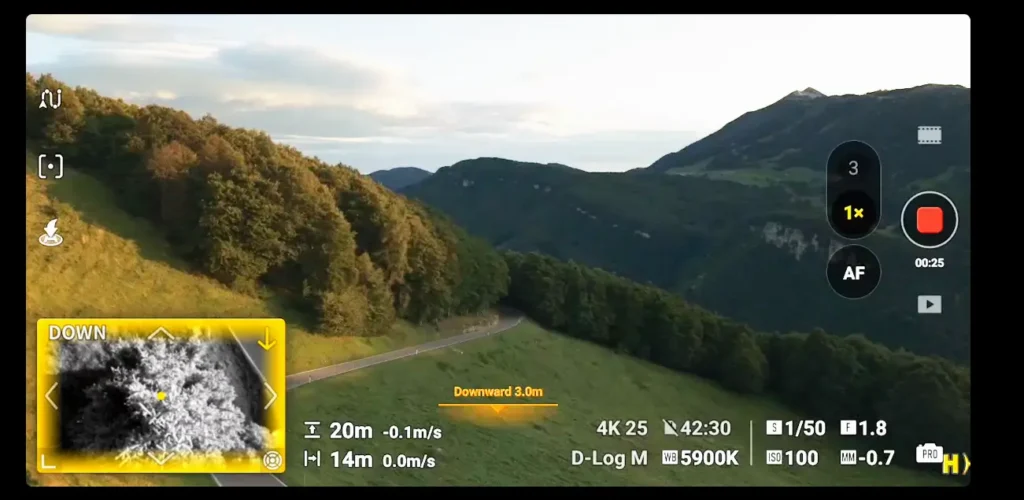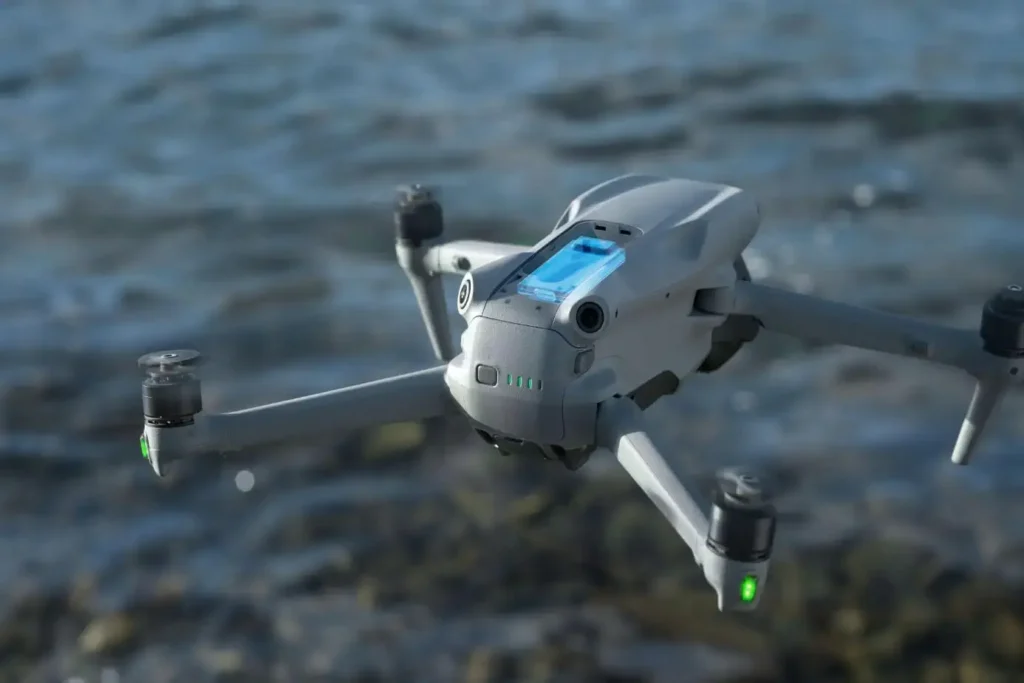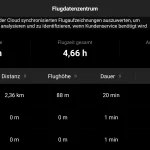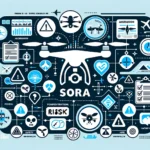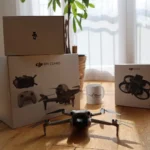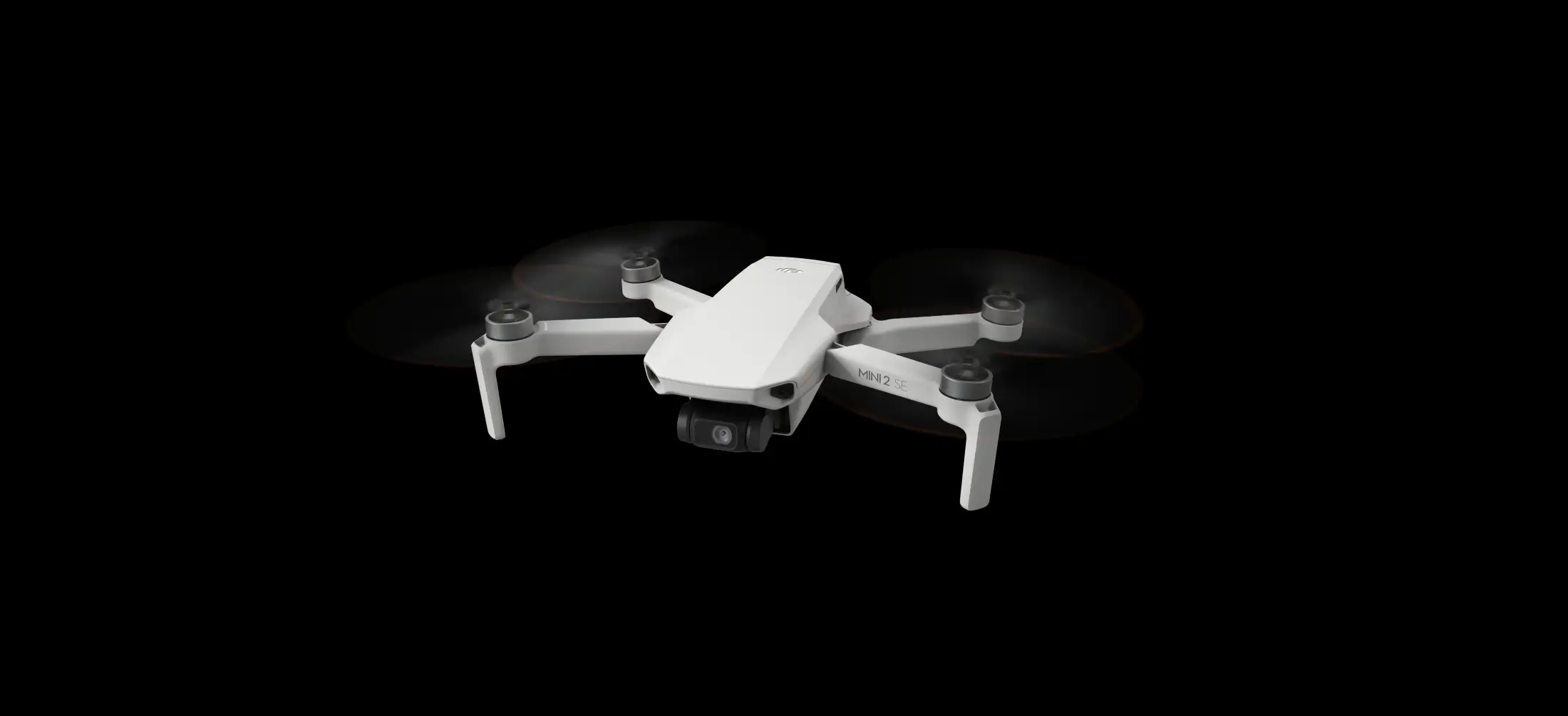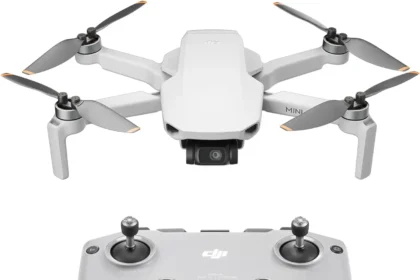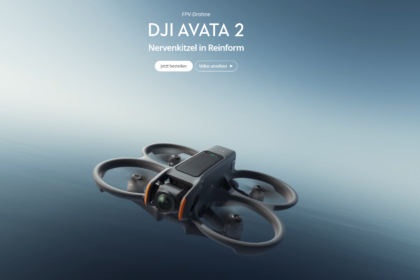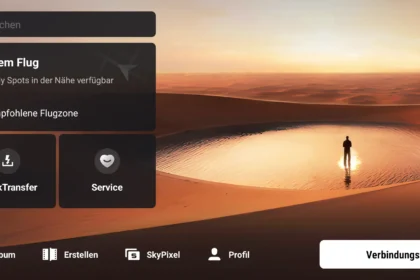DJI has officially unveiled its new drone, the DJI Air 3S. We summarise all the innovations and special features of the latest model for you.
The new DJI Air 3S follows on from the DJI Air 3 and improves the series in many areas. Nevertheless, as you would expect, the new drone is more of an evolution than a revolution. Of course, that doesn’t mean that it doesn’t have some exciting new features that we absolutely have to introduce to you here.
This is the DJI Air 3S
Design
DJI remains true to its design. Anyone familiar with the previous model will hardly notice any visual differences. If you look closely, you will see a modified and larger dual camera unit and an additional bar on the front of the DJI Air 3S. This bar conceals one of the drone’s exciting new functions, namely a LiDAR system for obstacle detection. More on this later. Everything else is pretty much the same. The new model is slightly heavier and now weighs 4g more than its predecessor, namely 724g.
Of course, the DJI Air 3S cannot do without the EU drone class and is supplied with the C1 label as standard. This means that the drone can be operated under fairly favourable conditions.
Camera
The camera of the Air 3S has again made a welcome leap to a 1″ CMOS sensor for the wide-angle camera. In addition, the drone also has a medium telephoto camera with a 1/1.3″ sensor. The maximum resolution increases from 48MP to 50MP.
Videos are still recorded in 4K with a maximum of 120fps. This is 20 frames per second more than the Air 3, which is particularly suitable for slow-motion recordings.
As is now standard for DJI drones, the camera can be rotated by 90°, making vertical recordings possible.
of course,10bit DLog-M and HLG are also on board. Further details on the camera can be found in the technical data.
Flight time
One of the most important aspects of a drone, the flight time, is unfortunately not a positive development for the DJI Air 3S. The flight time has actually officially dropped by 1 minute to 45 minutes. However, this is still a top value in the consumer drone sector! However, we are not the only ones who would have liked to see a jump upwards here. But then perhaps with the DJI Air 4 next year 😉
Internal memory
It is pleasing that the DJI Air 3S now has an internal memory of 42GB. This is significantly more than the previous 8GB, which means that the Air 3S can also be used without a memory card to take some pictures. Of course, a separate memory card is required for longer excursions and numerous recordings.
New functions
No new DJI drone is complete without one or two new functions. The DJI Air 3S is no exception.
LiDAR
The new LiDAR system in the front of the drone deserves special mention. This serves to improve obstacle detection, especially at night. The Air 3S is the first DJI drone with this system. The drone therefore has an omnidirectional obstacle detection system with 6 sensors (two each at the front, rear and bottom).
New RTH system
The drone also comes with a completely new RTH system that works even when the drone has no GPS signal. The drone’s flight route is precisely recorded, enabling it to fly this route in the opposite direction and return to the starting point independently.
New panorama tool – free panorama
The primary camera and the centre telephoto camera of the DJI Air 3S have the “Free Panorama” function, which can be used to create seamless panoramic images. This combines several images of a manually selected subject or area. The drone then automatically takes all the necessary shots for the selected area and combines them into one large work of art.
Autofocus for subjects
The autofocus system has been supplemented with a function that automatically focuses on the subject, even if the person moves away from the centre of the image, for example. This allows you as a drone pilot to focus more on the flight route and pay less attention to ensuring that the desired subject is in focus.
Vision Assits
The Vision Assist system, as an additional camera in the drone’s live image, can now also display an image from below. This makes it possible to have an all-round view of the drone while flying and focussing on the image from the main camera. This increases flight safety even further.
QuickTransfer when the drone is switched off
Another new feature is that you can now send files from your Air 3S to a smartphone even when the drone is switched off. The transfer to a computer is also possible when the drone is switched off. Simply connect the Air 3S with a compatible USB cable and you’re done. This speeds up data transfer even more and saves battery power.
DJI mobile radio dongle 2
DJI is now extending support for its mobile phone dongle 2 to the Air 3S. The dongle can now be inserted directly into the drone without any additional accessories.
Familiar functions
Of course, the DJI Air 3S also has other familiar functions such as
- MasterShots
- QuickShots
- Hyperlapse
- ActiveTrack 360° (with slight improvements in subject recognition and tracking)
- O4 video transmission system (also slightly improved)
Price, scope of delivery and availability
The DJI Air 3S starts at an RRP of €1,099 for the stand-alone version with the new DJI RC-N3 remote control.
Of course there are also Fly More combos. One with the RC-N3 remote control (€1,399) and one with the RC 2 (integrated display) remote control (€1,599). These also offer a battery charging station, an ND filter set, a shoulder bag and of course 2 additional batteries. The two batteries alone make the purchase of the Fly More Combo worthwhile due to the savings. Because let’s be honest: one battery is rarely enough.
The price of the standard version of the Air 3S is €110 higher than the previous version. So far, this is in line with DJI’s previous product strategy.
The drone can of course be purchased immediately from the official DJI Store and third-party retailers such as Amazon.
- Hochwertige Kamera für Reiseaufnahmen – Die Primärkamera der Air 3S mit 1″ CMOS liefert atemberaubende Aufnahmen mit vielen Details bei schwachem Licht, z. B. bei Sonnenuntergängen und Nachtaufnahmen.
- Aufnahmen mit lebendigen Details – Nimm kinoreife 4K/60fps HDR Videos mit einem Dynamikumfang von bis zu 14 Blendenstufen auf [4], um komplexe Wolkentexturen und andere Details bei Sonnenaufgang und Sonnenuntergang zu betrachten.
- Modus Freies Panorama – Erstelle nahtlose Panoramabilder, indem du die Bilder zusammenfügst. Weitwinkel-Panoramen bieten einen größeren Spielraum für die Auswahl, mittlere Tele-Panoramen bieten viele Bilddetails und weniger Verzerrungen.
Letzte Aktualisierung am 2025-04-26 / Affiliate Links / Bilder von der Amazon Product Advertising API


